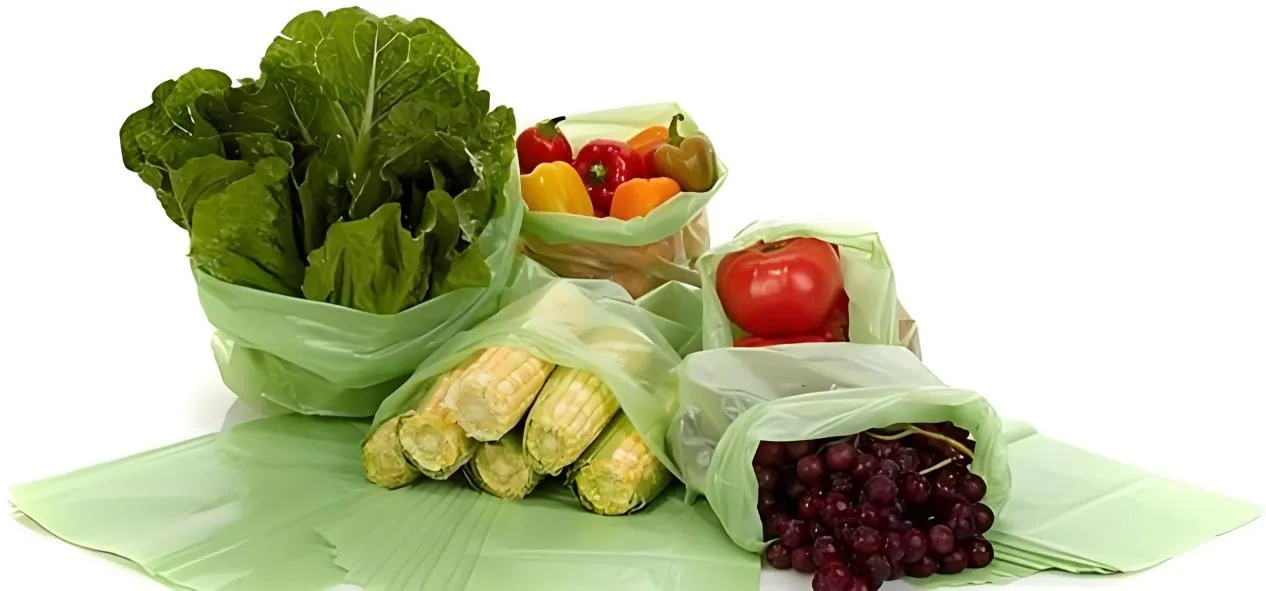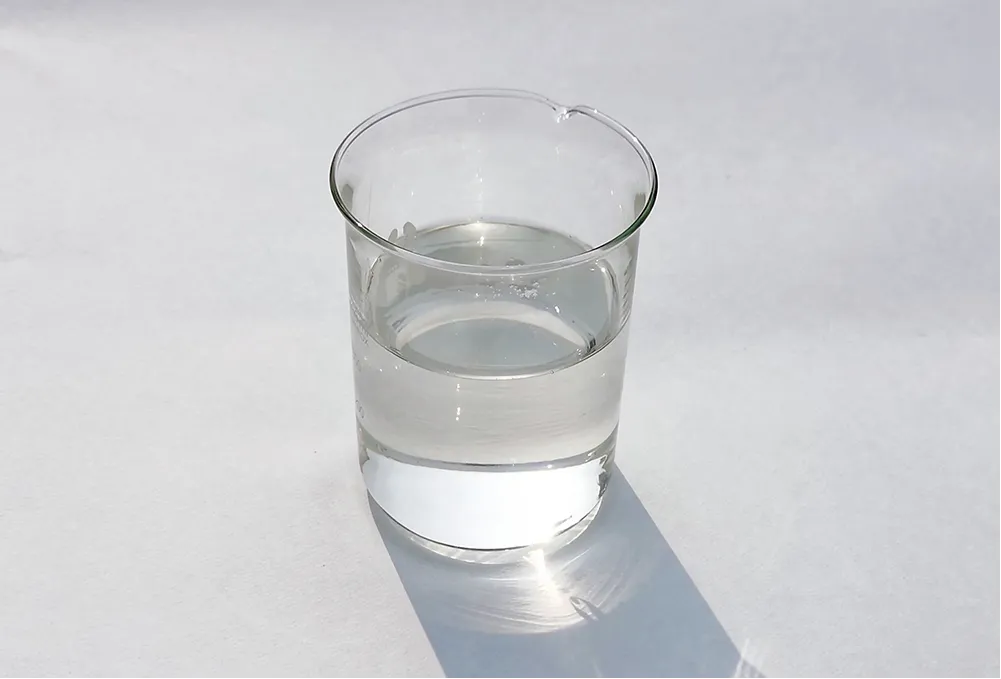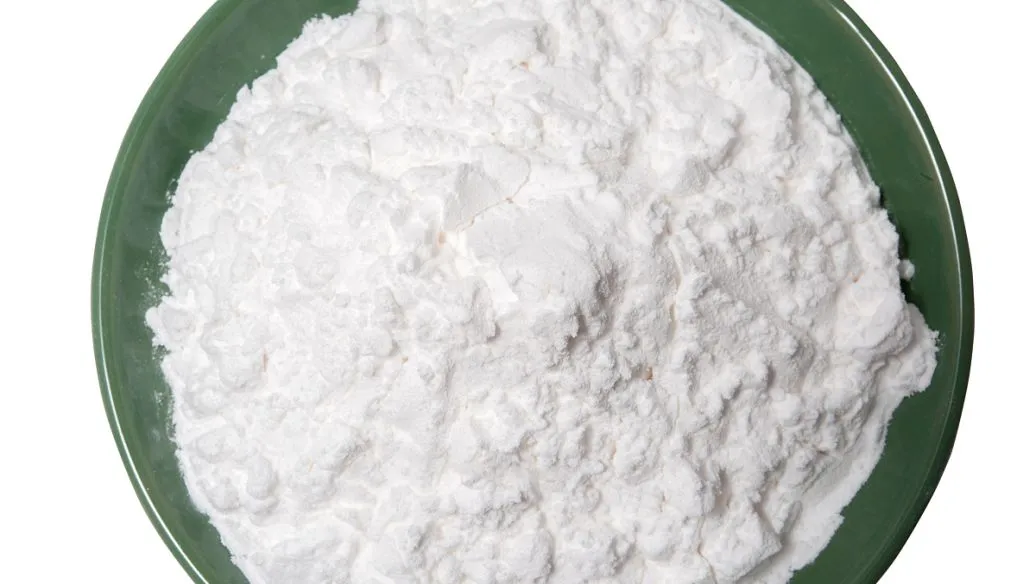
Exploring the Versatility of Cellulose Types Applications and Sustainable Innovation
Cellulose, the most abundant organic polymer on Earth, is a vital structural component of plant cell walls. Its widespread availability, renewability, and biodegradability make it a preferred raw material in industries ranging from construction to pharmaceuticals.

Understanding Cellulose and Its Industrial Derivatives
Entendimento cellulose type and its various derivatives helps industries tap into its functional benefits and align with sustainability goals.
One of the most commonly used forms is sodium carboxymethyl cellulose (CMC), a water-soluble cellulose ether known for its excellent thickening, stabilizing, and film-forming properties. It's widely used in food, pharmaceuticals, and detergents.
Equally important is cellulose fiber, which is derived from wood pulp or high cellulose plants like cotton, flax, and hemp. These fibers are valued for their strength, absorbency, and biodegradability. Applications range from textiles and paper to eco-friendly insulation and construction materials.
Cellulose in cotton fiber refers to the nearly pure cellulose content found in cotton, making it an ideal material for medical, textile, and filtration uses. Cotton’s long cellulose chains provide high durability and moisture management.
The transformation of cellulose to cellulose acetate creates a versatile thermoplastic used in film, textiles, and coatings. This process involves acetylating cellulose fibers, producing a material that’s flexible, transparent, and biodegradable—perfect for sustainable packaging and eyewear.
In cosmetics and construction, HEC cellulose (Hydroxyethyl Cellulose) serves as a thickener and emulsifier, providing viscosity and stability in products like shampoos, lotions, paints, and mortar.

Subtitle 2: Cellulose in Packaging, Adhesives, and Construction
In the packaging sector, cellulose food packaging is making a significant impact by replacing single-use plastics. Derived from wood or cotton fibers, cellulose-based films are biodegradable, transparent, and grease-resistant—ideal for wrapping food without contributing to plastic waste. With global demand for eco-conscious alternatives, cellulose is leading the green packaging revolution.
Construction and woodworking professionals also use cellulose sanding sealer, a clear, fast-drying solution that prepares wood surfaces for finishing. Made from nitrocellulose or modified cellulose, it fills the grain and enhances the wood’s smoothness and durability.
O microcrystalline cellulose use spectrum is broad. In pharmaceuticals, it's used as a binder and filler for tablets. In food, it's a fat substitute and stabilizer. Its ability to maintain structure while being inert and non-reactive makes it indispensable in controlled-release drug formulations.
Newer forms like modified vegetable cellulose have emerged in dietary supplements and vegan capsules. These cellulose types are processed from non-animal sources to meet the growing demand for plant-based alternatives in nutrition and pharmaceuticals.
In adhesives, methyl cellulose adhesive is popular in wallpaper paste, bookbinding, and arts and crafts. It’s non-toxic, reversible (especially important in art conservation), and provides strong adhesion without staining or damaging surfaces.
Large-scale cellulose fiber manufacturers continue to innovate in fiber processing, offering customized grades for use in automotive composites, hygiene products, and geotextiles. These advancements contribute to a circular economy by utilizing renewable resources for high-performance, disposable, or long-term-use materials.
Among the common questions people ask is, what is hydroxypropyl methyl cellulose (HPMC)? This derivative is used in pharmaceuticals, cosmetics, and food. It acts as a thickener, film-former, and emulsifier. Its water retention capacity and safety profile make it ideal for use in tablets, eye drops, creams, and gluten-free baking.

Cellulose Leads the Way in Sustainable Materials
Cellulose has grown beyond its traditional applications to become a cornerstone of sustainability in modern manufacturing. Whether it's sodium carboxymethyl cellulose in toothpaste, cellulose fiber in textiles, or cellulose food packaging in supermarkets, its environmental credentials and adaptability make it invaluable.
Technological advances have led to specialized forms like HEC cellulose, modified vegetable cellulose, and cellulose acetate, each offering tailored functionality across industries. Meanwhile, creative uses like methyl cellulose adhesive and cellulose sanding sealer illustrate the depth and diversity of this biomaterial’s capabilities.
Backed by innovations from cellulose fiber manufacturers, the global market is embracing cellulose not just for its performance but for its alignment with global sustainability goals. As consumers and industries push for renewable, compostable, and high-performance materials, cellulose’s future looks brighter than ever.
FAQ Title: Common Questions About Cellulose Types and Their Applications
What is hydroxypropyl methyl cellulose and where is it used?
Answer:What is hydroxypropyl methyl cellulose (HPMC)? It is a water-soluble cellulose ether used in pharmaceuticals, cosmetics, and food. It functions as a thickener, stabilizer, and film-former, and is often found in tablet coatings, eye drops, and gluten-free baked goods.
How is cellulose food packaging better for the environment?
Answer:Cellulose food packaging is biodegradable, compostable, and derived from renewable sources. Unlike plastic, it breaks down naturally without leaving harmful residues, making it an excellent eco-friendly alternative.
What are the uses of sodium carboxymethyl cellulose?
Answer:Sodium carboxymethyl cellulose is used as a thickener and stabilizer in food, personal care products, pharmaceuticals, and industrial applications. It improves texture, prevents ingredient separation, and enhances shelf life.
What is the function of methyl cellulose adhesive?
Answer:Methyl cellulose adhesive is used in wallpaper application, bookbinding, and crafts. It provides strong yet reversible adhesion and is non-toxic, making it suitable for conservation and artistic use.
What are the main applications of cellulose fiber in industry?
Answer:Cellulose fiber is used in textiles, automotive parts, hygiene products, and construction materials. It offers high absorbency, strength, and biodegradability, making it a versatile and sustainable material.
-
Hydroxypropyl Starch as a Sustainable Construction AdditiveNewsNov.24,2025
-
The Gelation Properties of CMCNewsNov.21,2025
-
Redispersible Latex Powder and Water Retention CapacityNewsNov.21,2025
-
Dosage Control for Polycarboxylate Water ReducerNewsNov.21,2025
-
Film-Forming Properties of Polyvinyl AlcoholNewsNov.21,2025
-
The Function of Gypsum Additives in MortarNewsNov.21,2025





















